Industry Intrudes |
Oil Refinery
Oil refining had been carried out in Australia during the 1920s and 1930s, but until Caltex decided to refine crude oil near Sydney the industry had been small. In 1951 Caltex Oil Company approached the Sutherland Shire Council with a proposition to establish a major oil refinery at Kurnell. Caltex assured Council that "there would be no smoke or nuisance of any kind". The outcry from sections of the public was immediate. Initially Council refused consent on the grounds of "consecration of the landing place of Captain Cook" and the impact on the community of such an industry. In 1952 this objection was conditionally withdrawn after the State Government granted approval to Caltex. The Government then instructed the Cumberland County Council (the body then responsible for subdivisions in Sydney) to suspend its existing zoning and draw up a plan for the future development of the Kurnell Peninsula. Caltex then purchased 174 hectares of land for the refinery site, but before building could commence an adequate heavy transport road had to be built. The only access to Kurnell at that time was a sandy track, maintained by Kurnell residents and the Latta Bus Company. The track, which traversed the sandhills and skirted Botany Bay, was partly inundated during 'king tides'. |
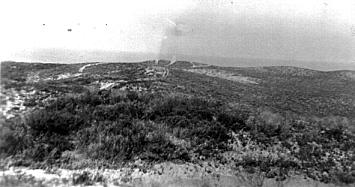
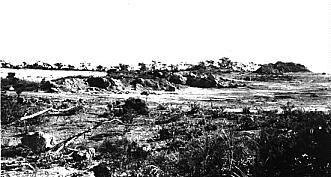 |
| Caltex (Standard Oil of California and Texas Co.) established a new subsidiary company known as Australian Oil Refining Pty Ltd (AOR). Following an Act of Parliament approving the refinery and the site, construction began in December 1953. |

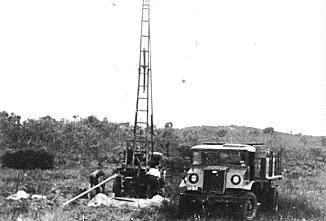 |
| By February 1956, AOR was pumping refined products by submarine pipes to the Banksmeadow Oil Terminal on the northern foreshores of Botany Bay. A Dutch dredging company and a team of men were brought to Kurnell for the construction of the pipelines across the bed of Botany Bay. They brought with them a Belgian dredge, towed by a tugboat, reportedly the largest dredge in the world at the time. The pipelines were laid while the refinery was being built. |
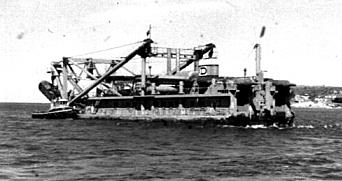 |
| Caltex built a residential hostel near Bonna Point, Kurnell, for the Dutch workers, many of whose wives and children came with them. Following the completion of the wharf and the pipelines, the Dutch company moved on to another project but many of the workers and their families had fallen in love with the area and opted to settle permanently in Kurnell Village or elsewhere in the Sutherland Shire. A significant Dutch community remains here today. |
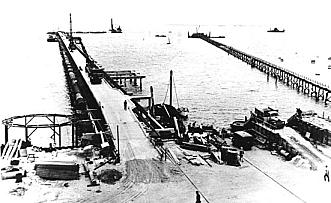
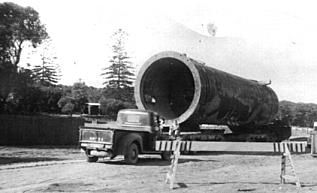 |
| During the peak construction period, 3000 men worked at the various sites. They were engaged in draining swamps, clearing scrub, providing water and sewerage facilities, and building the Caltex complex itself. This was the largest petroleum installation built in New South Wales by private enterprise. It included 56 storage tanks. Further expansion took place in 1964; a processing plant to refine Bass Strait crude oil was completed in 1973; and continuing expansion occurs as need arises |
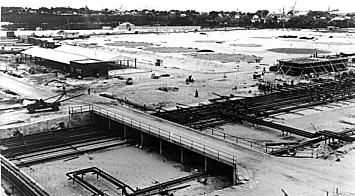
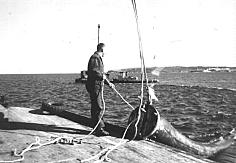 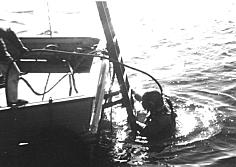 |
| The Refinery's wharf, more than a kilometre long, was completed in 1956 and upgraded in 1994. It is capable of berthing ships that have a cargo capacity of 60,000 dead weight tonnes. On the northern side of the wharf, pipelines connect the refinery's tanks to three shipping berths. The refinery produces transport fuels. Pipes under Botany Bay are connected to BP, Mobil and Shell terminals at Banksmeadow and Silverwater, and to Mascot Airport. |
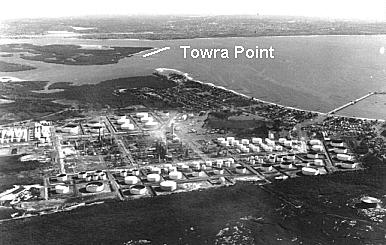 |
The wharf has four remote-controlled fire monitors, three converted icebreaker ships on firewater standby, and simultaneous underdeck and fire hydrant systems in addition to emergency shut-off valves. The wharf also supports a cooling water pumphouse that provides the refinery's cooling water.
Adjacent to the AOR refinery is the Caltex Lubricating Oil Refinery (CLOR). Preparatory work began on the Crown Land at Kurnell in June 1961. CLOR commenced production in 1963 as Australian Lubricating Oil Refinery (50% Caltex, 25% Golden Fleece and 25% Ampol) and is now owned by Caltex. This refinery produces special grades of lubricant oil-based stocks, greases, naphthenic products (ink oils, heat treatment), waxes (waterproofing, building products, cosmetics).
Caltex is careful to cultivate a 'good neighbour' relation with Kurnell and Sutherland Shire. It sponsors many Kurnell activities including the Precinct and Progress Association's annual festival. It also gives assistance to community groups such as the Kurnell Sports and Recreation Club, Cronulla Red Cross, Police Citizens Boys Club, Guides and Scouts, Cronulla Leagues Club and Volunteer Bush Fire Brigade. |
 |
| top of page |



